- You are here:
- Home »
- Wine Pairings
Category Archives for Wine Pairings

Wine For Aperitif [FULL GUIDE]
An aperitif is more than just a prelude to a meal; it’s a moment to savor and set the tone for the dining experience that follows. The right wine can elevate this ritual, transforming it into an exquisite prelude. Whether you’re hosting a casual get-together or a sophisticated soirée, selecting the ideal wine for an […]
Continue reading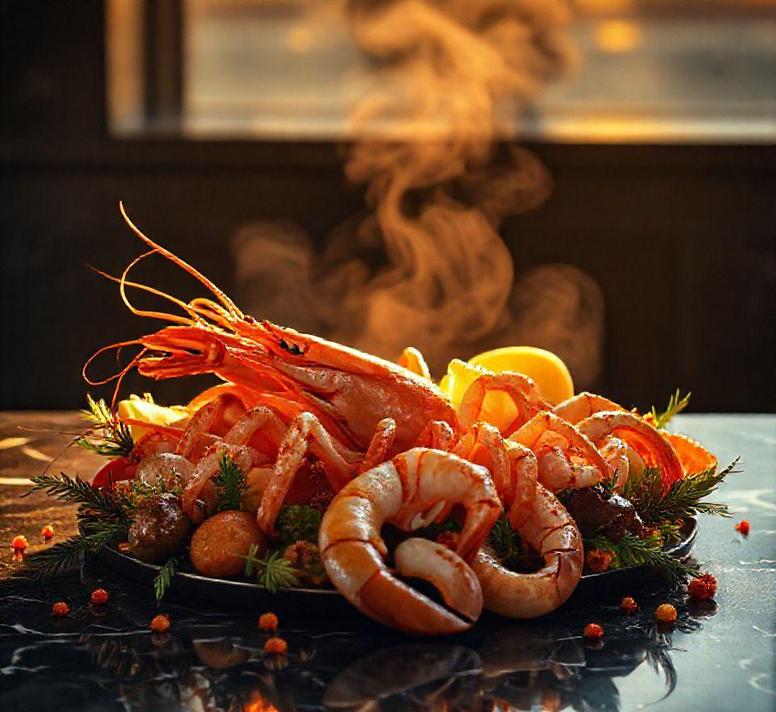
Wine For Shrimp [FULL GUIDE]
When it comes to pairing wine with seafood, the delicate flavors and textures of shrimp present a unique challenge and opportunity for culinary exploration. Whether you’re preparing a simple shrimp cocktail, a zesty shrimp scampi, or a rich shrimp and grits dish, selecting the right wine can elevate the meal from ordinary to extraordinary. This […]
Continue reading
Wine For Short Ribs [FULL GUIDE]
When it comes to pairing wine with short ribs, finding the perfect match can elevate this hearty dish from a comforting meal to a gourmet experience. Short ribs, with their rich, savory flavors and tender, fall-off-the-bone texture, demand a wine that can stand up to their robustness. The right choice not only complements the deep, […]
Continue reading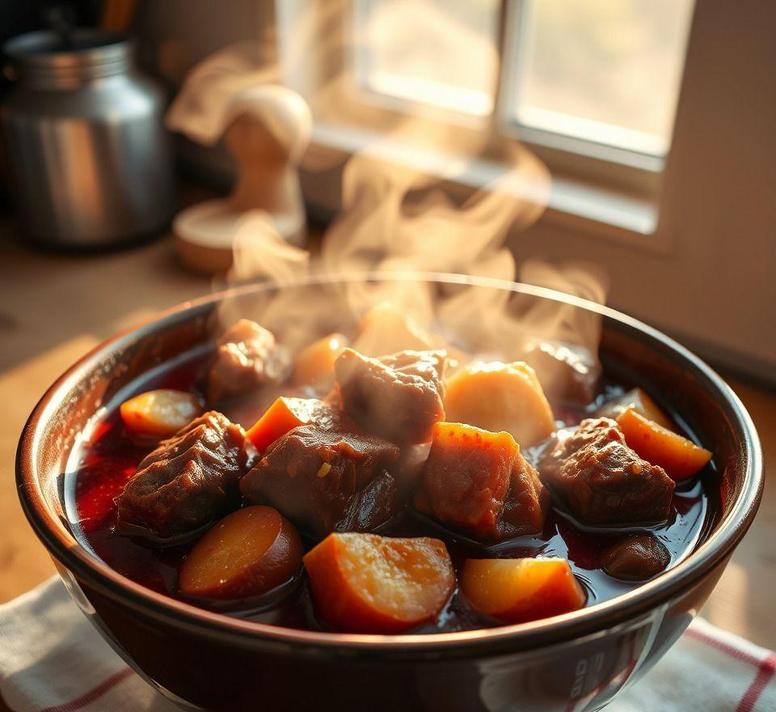
Wine For Beef Bourguignon [FULL GUIDE]
Pairing wine with Beef Bourguignon, a classic French dish, is both an art and a science that can elevate the culinary experience to new heights. This rich, hearty stew, traditionally made with tender beef braised in red wine alongside mushrooms, onions, and bacon, demands a wine that complements its robust flavors while enhancing its complexity. […]
Continue reading
Wine For Italian Food [FULL GUIDE]
Pairing the perfect wine with Italian cuisine is an art that elevates a meal from delightful to extraordinary. Italian food, with its rich tapestry of flavors, regional specialties, and diverse ingredients, demands a thoughtful approach to wine selection. Whether you’re indulging in a hearty bowl of pasta, savoring a delicate seafood risotto, or enjoying a […]
Continue reading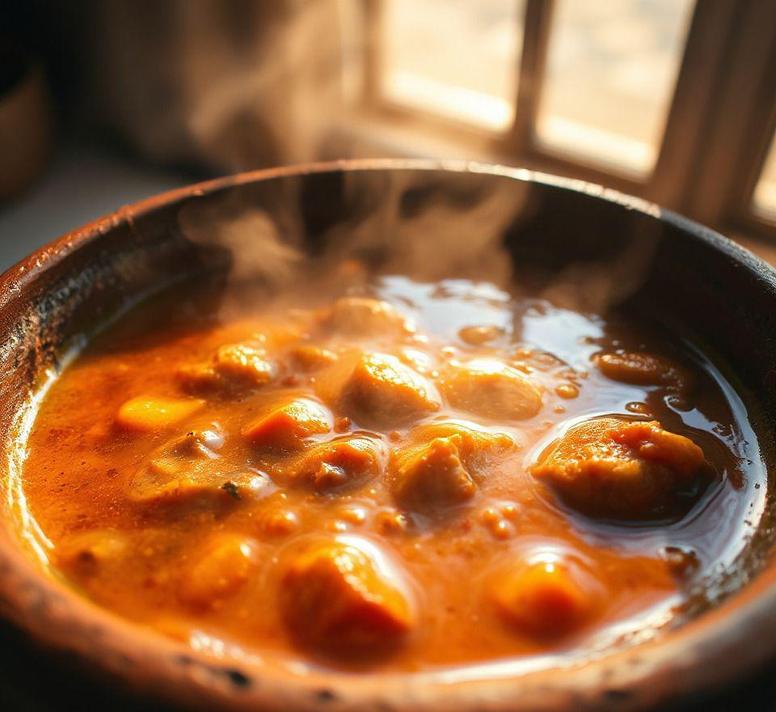
Wine For Stew [FULL GUIDE]
When it comes to creating a hearty and flavorful stew, the right wine can elevate the dish from comforting to truly exceptional. Whether you’re preparing a rich beef bourguignon, a robust lamb stew, or a savory chicken coq au vin, selecting the perfect wine to complement your stew’s flavors is crucial. In this guide, we’ll […]
Continue reading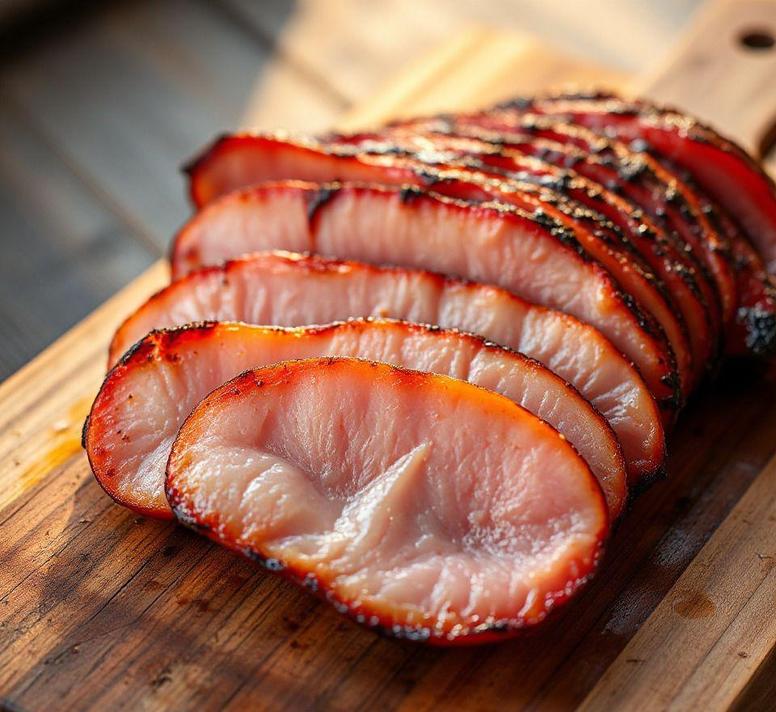
Wine For Ham [FULL GUIDE]
Pairing wine with ham can elevate a meal from ordinary to extraordinary, transforming a simple dish into a gourmet experience. Ham, with its rich, savory flavors and varying degrees of sweetness depending on the preparation, presents unique challenges and opportunities for wine pairings. Whether you’re serving a glazed holiday ham, a smoky ham steak, or […]
Continue reading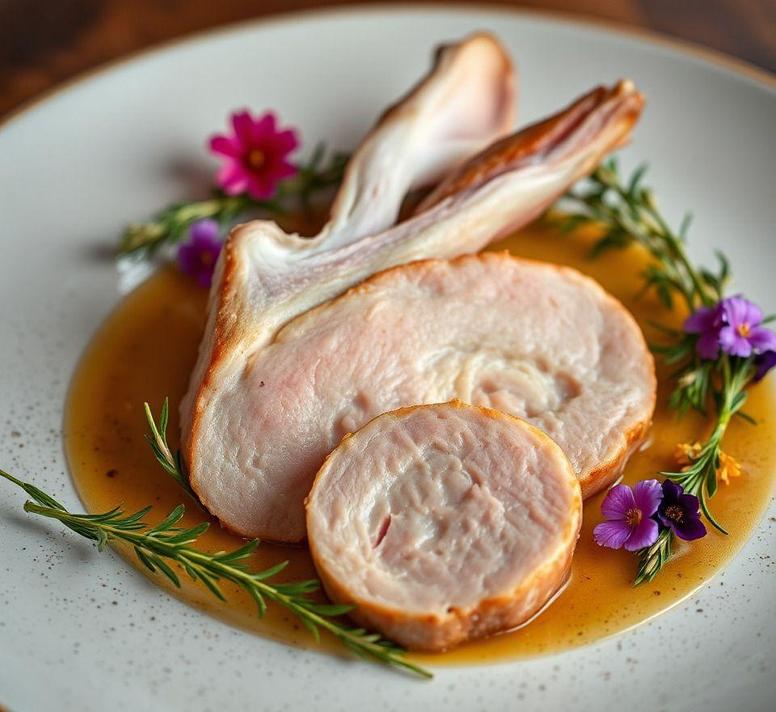
Wine For Rabbit [FULL GUIDE]
Welcome to the ultimate guide for pairing wine with rabbit, a culinary adventure that promises to elevate your dining experience to new heights. Rabbit, with its tender, subtly flavored meat, is a versatile protein that can complement a wide range of wines, from light and crisp to rich and robust. Whether you’re preparing a classic […]
Continue reading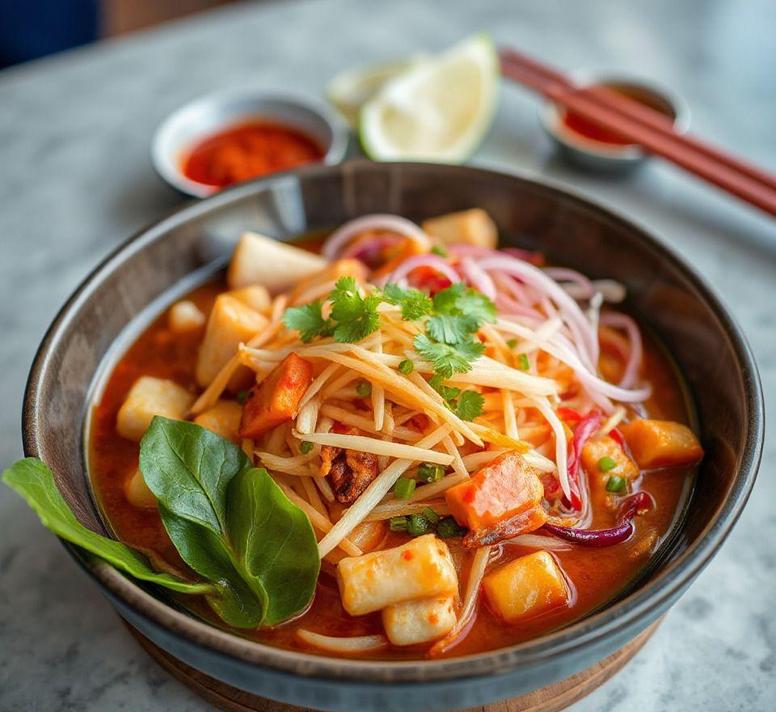
Wine For Thai Food [FULL GUIDE]
Pairing wine with Thai food can be an exhilarating yet challenging culinary adventure. The vibrant and complex flavors of Thai cuisine—ranging from spicy and sweet to tangy and savory—require a nuanced approach to wine selection to enhance the dining experience. This guide aims to demystify the process by providing practical advice on how to choose […]
Continue reading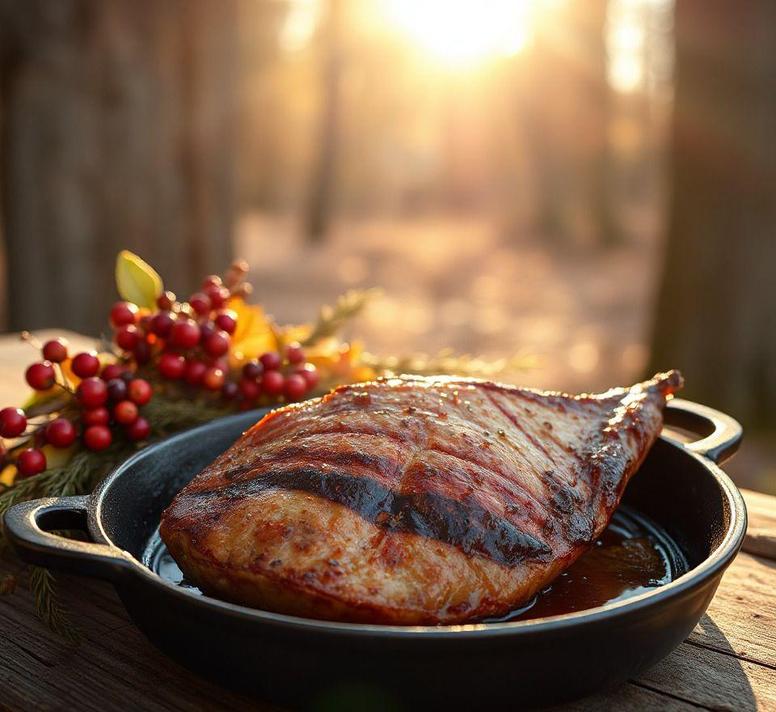
Wine For Wild Game [FULL GUIDE]
When it comes to pairing wine with wild game, the stakes are high for achieving the perfect balance of flavors. Unlike traditional meats, wild game often boasts robust, complex profiles that challenge conventional wine pairings. Whether you’re serving venison, elk, or wild boar, the gamey flavors demand a thoughtful approach to wine selection. This guide […]
Continue reading